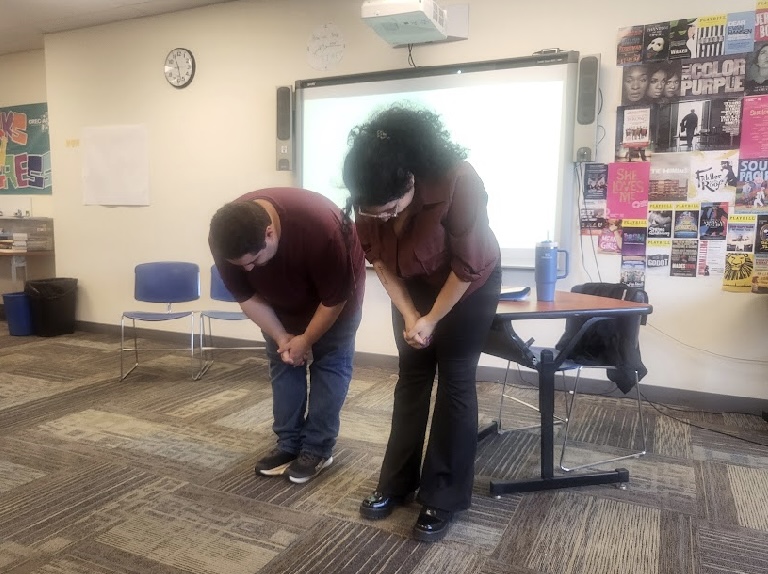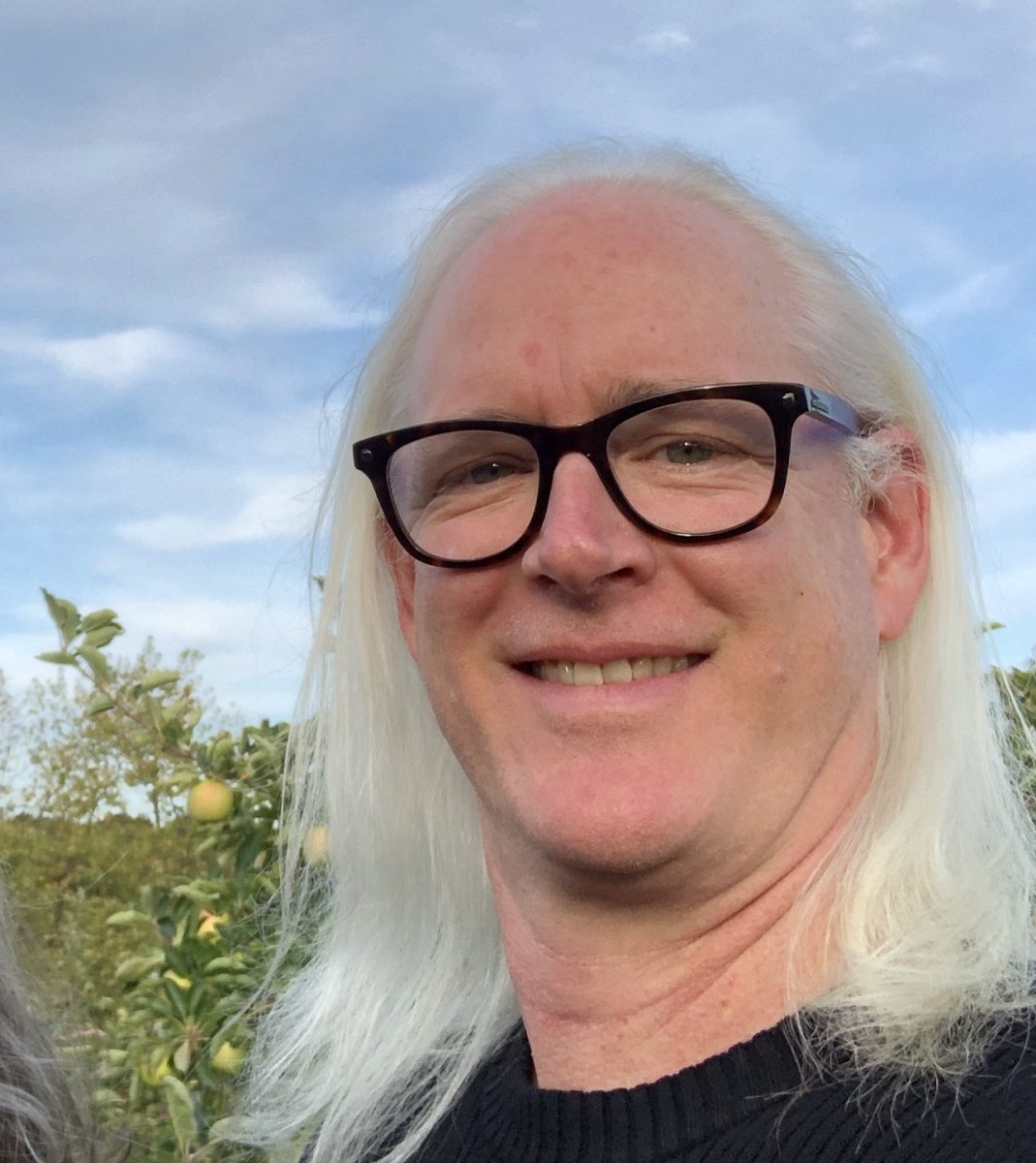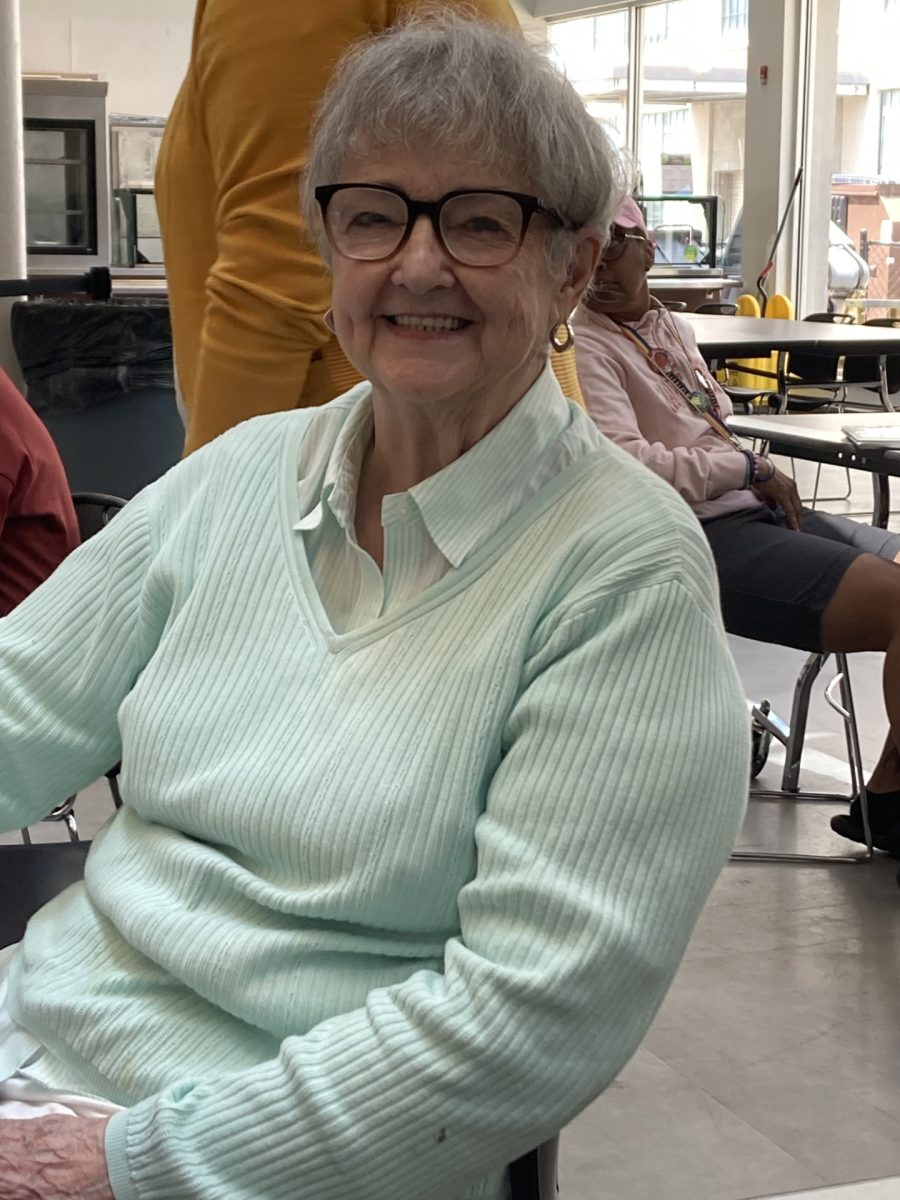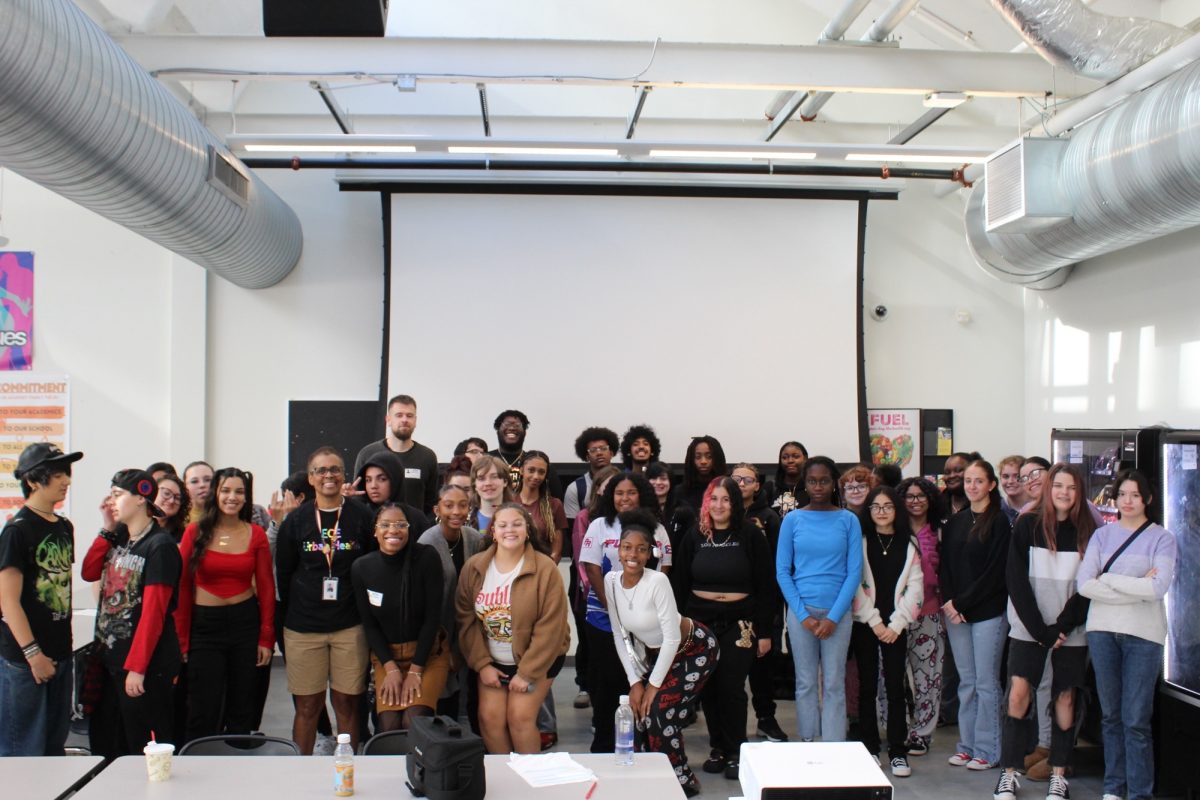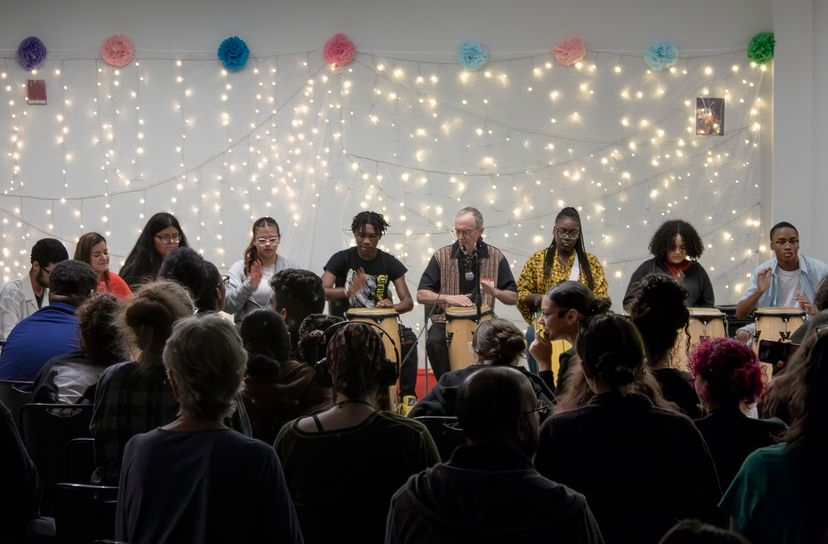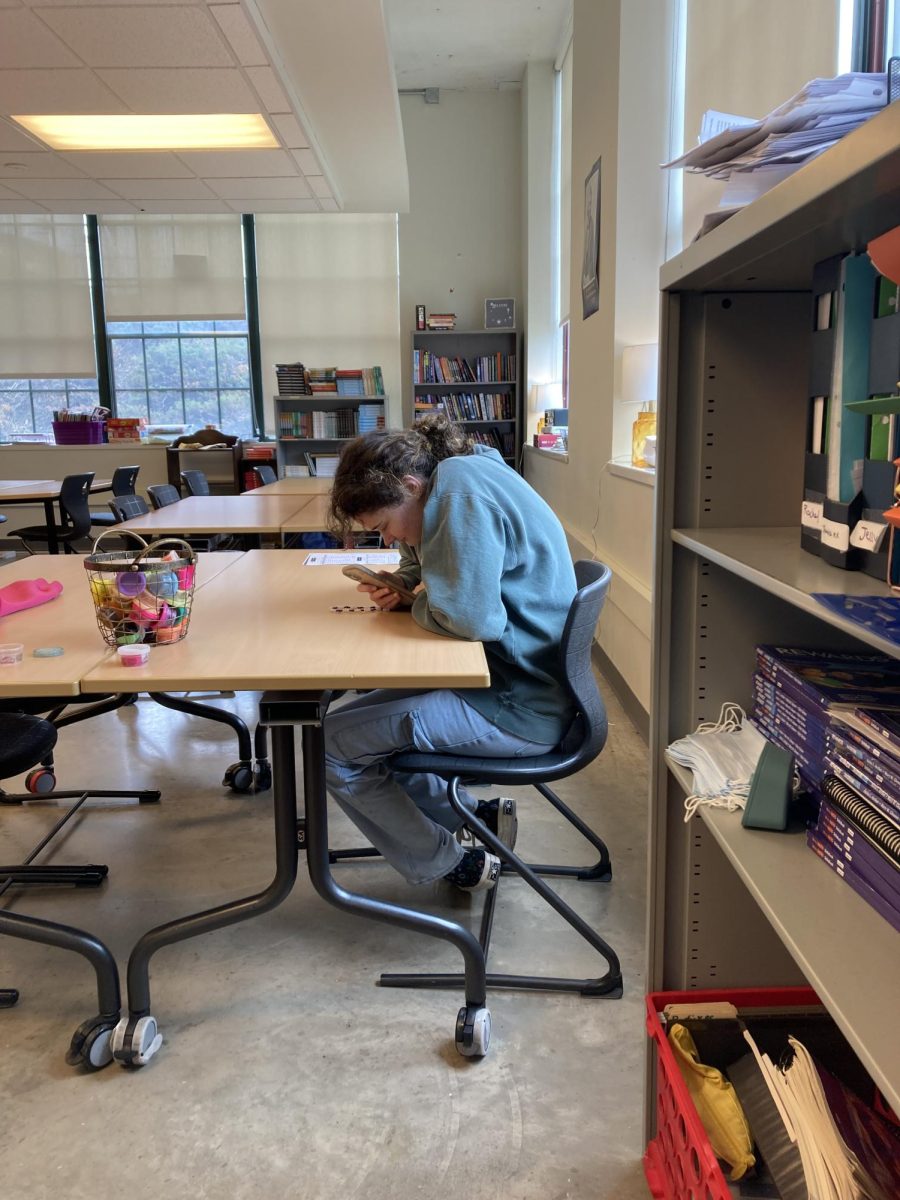A Discussion On Plurality.
Author(s); Zephyr (he/it/fae/zir/thon/ae/cy)
For more information on us, see inbox us on schoology.
In this article, we will discuss plurality as a whole, as well as explain terms within the plural community to further educate you, the reader, and others who have an interest in plurality. We’re open to any questions about plurality and any inquiries should be directed to our schoology inbox.
︶⊹︶︶୨୧︶︶⊹︶︶⊹︶︶୨୧︶︶⊹︶︶⊹︶︶୨୧︶︶⊹︶︶⊹︶︶୨୧︶︶⊹︶︶⊹︶︶୨୧︶︶⊹︶︶
I’m sure a lot of the population are aware of Dissociative Identity Disorder or DID, formerly known as Multiple Personality Disorder or MPD. It’s a disorder infamous for causing plurality or the presence of multiple identities in one body. DID is very commonly associated with extreme trauma, causing a disruption in the victim’s identity and allowing other identities to form, hence why it’s called Dissociative Identity Disorder; the disorder causes the victim to dissociate from their identity and very often, it’s before their identity has even fully formed.
Although people think DID can only be caused by trauma, this is incorrect because DID is not a trauma disorder; it’s a dissociative disorder. Although there are no exact non-traumatic reasons for DID, it can happen without trauma and some theories include roleplaying or acting as another character causing your brain to split that character into its own identity, genetics, and (nontraumatic) childhood experiences. One theory of non-traumatic DID is repeated stress occurring to a young child which doesn’t have to be abuse and can be something such as frequent moving. To simplify this paragraph, DID is very often trauma based but it is not a trauma disorder and can form without abuse. DID is simply stress causing someone to dissociate or fully space out to cope with stress and, eventually, this causes other identities to form because the person acts differently as a way to protect themself or in an attempt to find a way to make everything better such as acting out an aggressive personality when you feel unsafe resulting in an aggressive identity forming in your mind.
Another thing about non-traumatic plurality is that it can actually be intentional. There’s a plethora of terms that refer to when plurality is not caused by trauma and we will explain those terms to you.
︶⊹︶︶୨୧︶︶⊹︶︶⊹︶︶୨୧︶︶⊹︶︶⊹︶︶୨୧︶︶⊹︶︶⊹︶︶୨୧︶︶⊹︶︶⊹︶︶୨୧︶︶⊹︶︶
First of all, we want to explain that these terms end with ‘genic’ which is a shortened form of ‘generated’ so these terms essentially mean ‘generated by’.
Traumagenic. Traumagenic plurality is the most common type of plurality. It is formed by repetitive trauma during one’s childhood.
Endogenic. Endogenic plurality is simply non-traumagenic plurality. It is the umbrella term for all kinds of plurality that formed without trauma and is often used by system’s who prefer to not be specific about their system’s origin.
Traumaendo. Traumaendo plurality is between traumagenic and endogenic which can refer to when a system who originally formed because of trauma develops their own headmates, whether it’s intentional or not.
Median. Median plurality is when a system is not ‘fully plural’ or a system who is between plural and singlet. It’s often described as when those within the system are not their own full identities and are not fully separate from one another. In simple terms, those within the system are not as distinct as other systems.
Singlet. Singlet is a word used for those who aren’t plural and are simply one identity.
Tulpamancy. Tulpamancy actually didn’t originate from the plural community and is actually a Tibetan Buddhist practice. Although the true origin date of Tulpamancy is not known, it’s considered to be 1929 as that is the year that Tulpamancy was brought to the attention of the wider public. Tulpamancy became more popular in online spaces in the 2000’s. This practice was also started by the Dalai Lama. There’s a lot of stigma around those who are not Tibetan or Buddhist using Tulpamancy but the Dalai Lama are okay with what they say is sharing cultures. As long as the person who is using tulpamancy is using it in a non-harmful way, they are more than welcome to continue.
Imagimancy. Imagimancy is similar to tulpamancy but instead of tulpas, imagimancy actually forms something closer to imaginary friends.
Polyfragmented. Polyfragmented is a term used to refer to systems who have a headcount of 100 or more and very often have many subsystems within, creating layers within the system.
Subsystem. Subsystem refers to systems that form within the original system. One example can be a headmate within the original system splits and forms their own headmates, creating a smaller (or sometimes bigger) system within the original system.
︶⊹︶︶୨୧︶︶⊹︶︶⊹︶︶୨୧︶︶⊹︶︶⊹︶︶୨୧︶︶⊹︶︶⊹︶︶୨୧︶︶⊹︶︶⊹︶︶୨୧︶︶⊹︶︶
Another thing we want to bring up is the stigma around plurality or, more specifically, being public about your status as plural. Often, systems are open about their plurality only online for fear of negative reactions. There are many online accounts dedicated to the lives of, and discussions around, systems. The website with the most systems is Tumblr, where there are tags and communities dedicated to systems where they can be open about their origins, discuss similar headmates, and find others who identify with similar terms.
We also want to discuss disabilities, both mental and physical, within systems. Certain headmates can have certain disabilities meanwhile others don’t, despite this being seemingly ‘impossible’ to others outside of the plural community. One example would be the infamous case of a woman in Germany.
In 2015, a 33 year old woman named B.T. slowly lost her vision after a car crash caused serious head and brain damage. Interestingly enough, B.T. had (diagnosed) DID. After around 4 years in psychotherapy and a discussion about a rather traumatic event which helped B.T. work over it, she was, shockingly, able to read a magazine cover. It was noticed that more and more of her headmates were regaining their sight. Amazingly, a brain scan revealed that while certain headmates fronted, parts of the brain regarding sight remained inactive but with other headmates, that part of the brain was active, meaning that while some headmates couldn’t see, others could. The doctors came to the conclusion that B.T.’s blindness was actually psychogenic blindness. Psychogenic blindness is a kind of conversion disorder or a physical condition not explained by physical damage and is instead caused by extremely traumatic events. Alongside blindness, paralysis and muteness can also be caused by conversion disorders.
Soon enough, after a lot of treatment and continued psychotherapy, out of the 10 headmates in B.T.’s system, only 2 still couldn’t see.
Even now, doctors are stumped by how it seemed the impaired vision could seemingly be switched on and off, but that’s just how conversion disorders work; while they may present as incurable disorders, with enough treatment, they reveal themselves to simply be conversion disorders. This reveal comes with progress in recovery, such as a seemingly paralyzed man regaining the use of his limbs via muscle therapy.
Another thing the doctors said about B.T. and her blindness was that it wasn’t real blindness–B.T.’s loss of sight was actually a coping mechanism. To try and explain this bizarre case, B.T.’s brain endured so much stress from the car crash that it didn’t want to have to see what was going on around it, causing B.T. and her system to go blind so they wouldn’t have to see and suffer. The case of B.T. and her blindness is one of many cases in which a medical issue only affects certain headmates while leaving the rest unaffected.
And, while we’re on the topic of certain issues affecting certain headmates, let’s talk about holders.
They’re headmates who ‘hold’ specific issues such as a mental or physical issue. One example would be if the system suffers from a plethora of issues, whether mental or physical, certain headmates will be chosen or decide to hold one or more of the issues and be the person who deals with that issue specifically. For example, let’s say a system has schizotypal personality disorder. One headmate could be chosen to or decide to ‘hold’ SPD and when issues caused by SPD arise, that headmate will deal with it since they hold that disorder. Or it could be a physical disability that causes a need for a cane which would make it so that headmate specifically deals with everything relating to the issue and often also deals with anything regarding accommodations for that issue such as shopping for canes.
A headmate could also be the holder of something that isn’t exactly a mental or physical issue, such as a headmate could be the obsessive love holder and simply holds and deals with obsessive attraction.
There are also a plethora of other roles such as gatekeeper, other kinds of holders such as memory or trauma holders, soothers, caretakers, and the list goes on. Roles can also be just what the headmate is, such as if the headmate is under 18, they’re a ‘little’, ‘middle’, or a ‘syskid/systeen’. The list of roles within system’s are truly endless and if you want to read about them, you can find them here, listed in alphabetical order on the official Pluralpedia page; https://pluralpedia.org/w/Category:System_Roles
Now, to end this article, we want to kind of further discuss plural language, more specifically, the use of I/me/my and We/us/ours.
You see, you may or may not have noticed but throughout this article, we haven’t used the personalI/me/my. We’ve instead used the plural We/us/ours. And, seeing as how this article is talking about plurality and, if you’ve checked the first link, the use of two specific flags, you’ve most likely come to the conclusion that we are not a ‘singlet’ but instead a collective. And if you have, you’re completely correct. To be more specific, we’re a Median system of 4-5 who are also users of imagimancy.
Now, we’ve reached the conclusion of this article.
Once more, if you have any questions regarding plurality, direct them to our schoology inbox. We’re also open to any questions regarding our identity as a collective.
︶⊹︶︶୨୧︶︶⊹︶︶⊹︶︶୨୧︶︶⊹︶︶⊹︶︶୨୧︶︶⊹︶︶⊹︶︶୨୧︶︶⊹︶︶⊹︶︶୨୧︶︶⊹︶︶
Credits to our sources;
List of roles; https://pluralpedia.org/w/Main_Page
The article about B.T.’s coping blindness; https://www.washingtonpost.com/news/morning-mix/wp/2015/11/24/the-blind-woman-who-switched-personalities-and-could-suddenly-see/
Explained terms; Ourself but full dictionary should be credited to the Pluralpedia (listed above).
Additionally, we’ve decided to add a flag that presents plurality as a whole and have decided on this flag.

